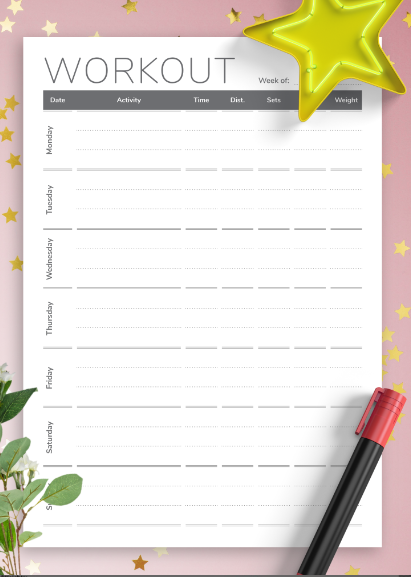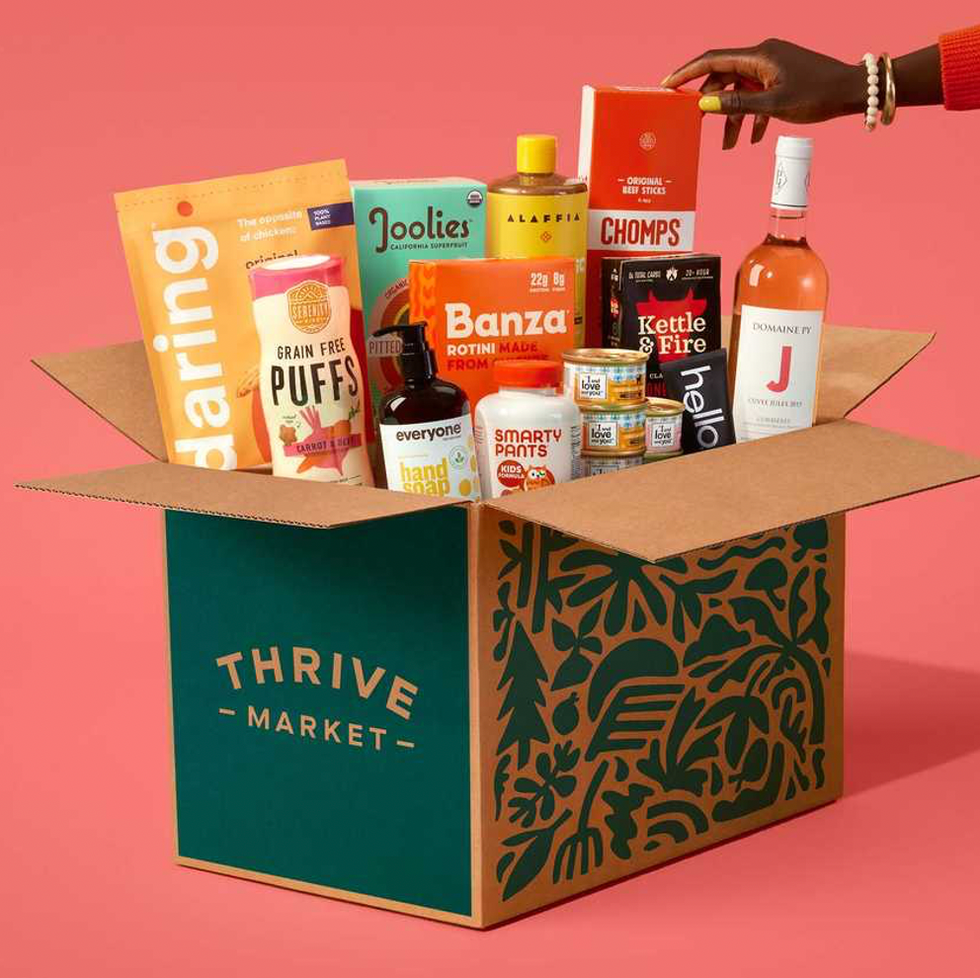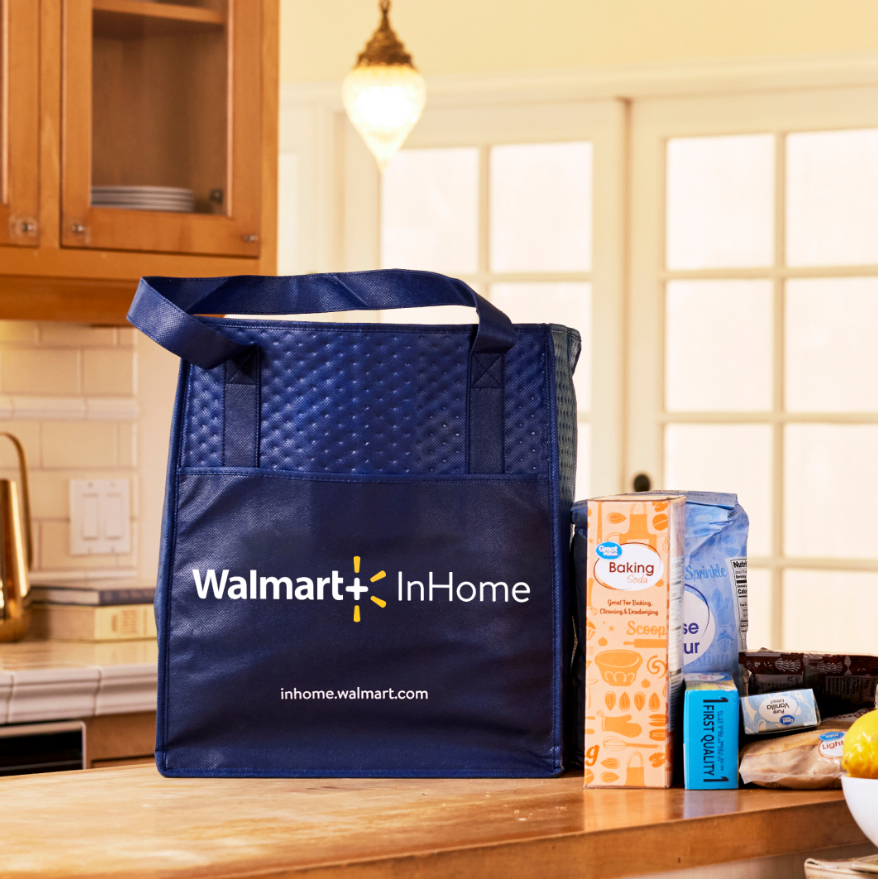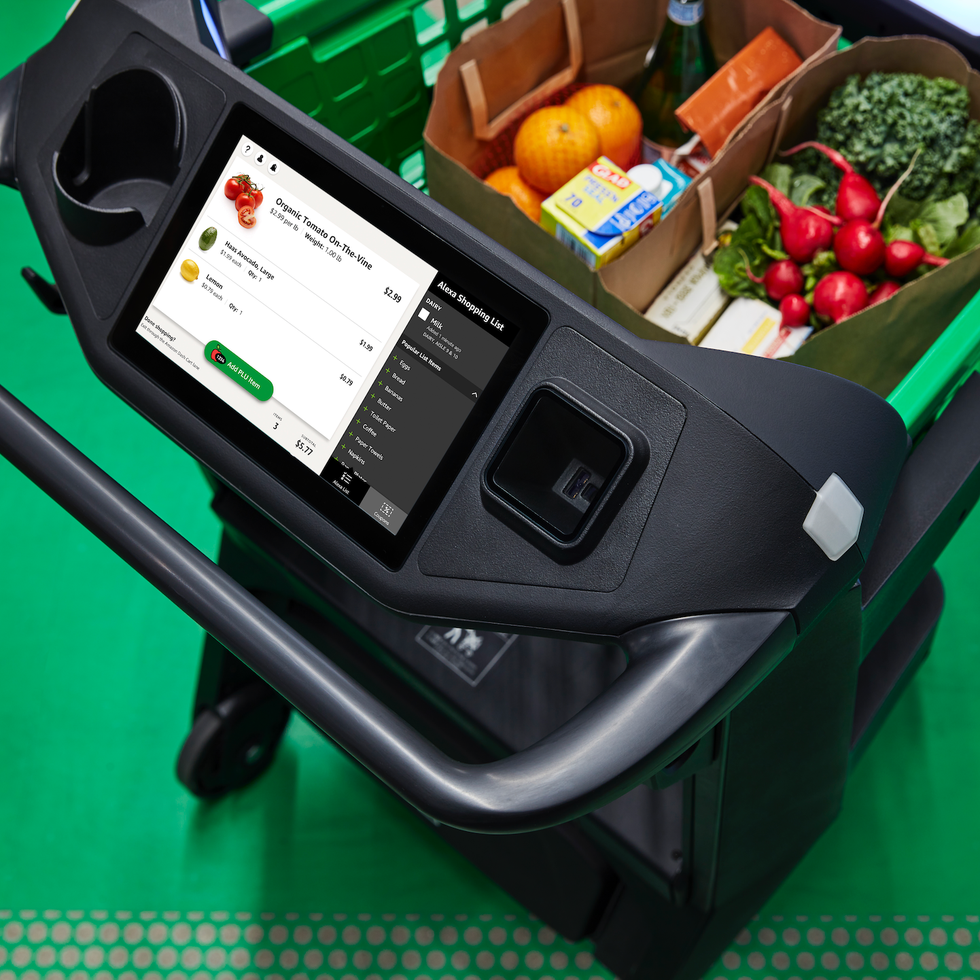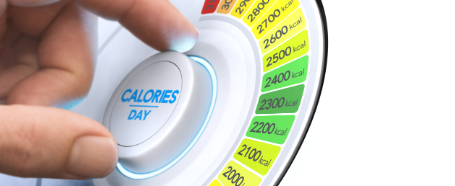The Joy of Walking.
It doesn’t feel like exercise, but walking is a phenomenal way to ramp up your activity level and stealth-burn some extra calories.
Fitness coaches the world over are starting to take step counts as seriously as they take into consideration calorie intake, VO2 max or 1RM on the squat, deadlift, and bench. Read on to learn how you can walk your way to a better physique.
The Benefits of Walking for Weight Loss
Walking isn’t a very effective way to build muscle and it isn’t a very effective way to improve your endurance. In fact, unless we’re talking about walking for extremely long distances, it won’t really tax your body at all. It’s barely even exercise — and that’s why it’s an awesome tool to program for added weight loss.
Walking Is Easy to Track & Scale
Two important components of any exercise, whether it’s lifting weights or running or rowing or cycling or swimming, is being able to track your effort and program some form of progression, so that, week after week, your body is encountering (and adapting to) a greater challenge. Muscles grow stronger and larger when you ask them to lift heavier and heavier weights; your lungs become more efficient when you run for longer periods or at higher speeds.
Walking has the virtue of being easy to track and easy to scale. You can track your time (“I walked for 15 minutes”) or your distance (“I walked five city blocks” or “I walked 5,000 steps”), and you can gradually increase either or both of these variables to escalate the challenge.
The tracking itself is also simple, though we recommend using step count instead of time or distance, for the simple reason that you’re walking throughout the day, even when you go to the bathroom or walk to the corner store, and it’s easier to track every step than to compartmentalize each walk. Plus, pretty much everyone has a step tracker these days. You don’t have to own a dedicated smartwatch or fitness tracker, either: every modern smartphone has a built-in pedometer, though you may have to manually activate it.
Start out by examining your past week or month of walking. How many steps did you average each day? Next, set a new goal. If you walked under 5,000 steps, aim for 5,000 or more; if you walked around 5,000, aim for 10,000.
The average human being burns between 30 and 40 calories per 1,000 steps walked, which translates into an extra 100-200 calories burned on a 5,000-step day and 200-400 on a 10,000-step day. Considering that all you need to burn a pound of fat a week is a 500-calorie daily deficit, you can easily see how walking can greatly contribute to fat loss without forcing you to be too restrictive with your diet.
Walking Causes Minimal Fatigue
When it comes to burning calories in a short amount of time, running, cycling, biking and swimming all absolutely trounce walking. So why walk? Simple: walking causes minimal muscle fatigue and minimal strain on your joints. How many long-distance runs can you program into your weekly exercise routine, if you alsohave to lift weights? How will your heavy bench day go if you spent the morning doing a front crawl for an hour in the local swimming pool?
Walking may not burn as many calories per minute or per hour as its more intense alternatives, but it spares your body the extra strain of traditional cardio training, allowing you to save your energy for your gym sessions.
Finally, because walking isn’t as intense as running or biking, it doesn’t significantly ramp up your hunger levels. Exercise scientists have known for some time that people who engage in high-intensity cardiovascular exercise are more likely to engage in what they call “compensatory eating,” wolfing down as many calories in their next meal as they just burned during their exercise session — and thus nullifying the weight loss advantage.
You Can Incorporate It Into Your Everyday Life
Significant, lasting weight loss is about a lot more than just brief windows of clean eating and hard training. In fact, a recent meta-analysis revealed that more than 50% of all dieters regained all of their lost weight within two years of completing a diet. That’s not cause for despair: it’s a wake-up call. If you want to lose the weight and keep it off, you need to conceive of this in terms of a lifestyle change rather than a quick-fix, and walking is an extremely easy adaptation to make to pretty much everyone’s lifestyle.
If you can walk to work instead of driving or taking public transportation, do it. If you can walk to the gym or to the grocery store or to see your friends, do it. Take your dog for longer walks, or take a daily stroll with your spouse or significant other. Opt for the stairs rather than the escalator or elevator. Individually, no single one of these changes will make a decisive difference, but the aggregate of all of these small choices adds up in a big way.
You Can Make It a Social Activity
There are a lot of barriers to adopting new exercise routines, from general laziness to time constraints, but one of the underrated ones is just how fun (or not fun) your exercise regime is. You’re way more likely to go to the gym day after day, week after week, year after year, if it’s also a place of friends and familiar faces, rather than just an iron den of pain. Some people are perfectly content to run solo, but many other people prefer to run in groups. Well, walking is great because while it does burn calories, it also doesn’t exhaust your lung capacity to the point that you can’t hold a conversation.
See where we’re going with this? Make “going for a walk with friends” a normal activity, rather than always sitting on a couch and drinking beers while you catch up, and the long-term benefits will be huge. Heck, even golfing with your buddies on a Sunday morning counts as walking, provided you opt to carry your clubs rather than take an electric golf cart.
The point of all of this isn’t to de-emphasize the major aspects of fitness. You definitely should be doing some form of resistance training and you definitely should be taxing your cardiovascular system with some kind of high-intensity training. Rather, the point is that you shouldn’t neglect the low-hanging fruit. Walking may never feature in a fitness montage on YouTube or in a Rocky movie, but it’s very hard to be out of shape when you’re averaging over 15,000 steps a day, and there’s a lesson there, just waiting to be applied.
The Best Smartphone Pedometers Apps.
 Using a smartphone pedometer can be a simple and efficient way to accurately track your movements, providing you with real-time data on your physical activity.
Using a smartphone pedometer can be a simple and efficient way to accurately track your movements, providing you with real-time data on your physical activity.
Smartphone pedometers are more than just step counters; they’re tools that motivate you to stay active. They encourage you to set and reach personal fitness goals, and many offer interactive features that make maintaining a healthy lifestyle enjoyable. Plus, they often integrate with other health data on your phone, giving you a comprehensive view of your well-being.
But, not all pedometer apps are created equal. Some stand out for their accuracy and user-friendly interfaces, while others win users over with social features and gamification.
You’ll also receive a breakdown of the top choices for both iOS and Android platforms, ensuring you find a pedometer app that best fits your needs.
Stay tuned as I reveal the fusion of technology and wellness these apps bring right to your fingertips. Understanding the intricacies behind them will help you decide which one is most reliable for tracking your every step.
Android.
Google Fit
Among the simplest pedometer apps to use is Google Fit. With the help of this Google app, you can quickly view your daily step progress. Your profile picture and a round line graph representing your daily step goal progress are displayed on the main screen. In addition, the display indicates the distance traveled, calories burned, and steps taken. Your walking track map and historical workout statistics are displayed on the journal screen.
Samsung Health
In the realm of health monitoring, Samsung Health is a well-known brand. Not just Samsung devices can use the Samsung Health app. The app allows you to track a variety of health-related metrics and functions well on all phones. These include weight, water, steps, exercise, sleep quality, and calories consumed. The software is free to use and has no intrusive advertisements.
Accupedo+
One of the most straightforward pedometer apps on this list is Accupedo+. With a simple scroll down on the main screen, you can see everything from steps and mileage to the history and the daily chart. While you can update your social networks on your progress, there isn’t much community engagement. One significant flaw in this otherwise highly beneficial pedometer app is the full page and banner ads.
Map My Walk
Under Armour is the creator of the MapMyWalk app family of fitness applications. As opposed to only counting steps, this pedometer app measures the distance you’ve traveled, making it somewhat more sophisticated. It will track the path you’ve walked and display it over a map since it uses GPS to track your walk. You can look back through your previous workouts in the log. Your step count is displayed in the web-based profile.
IOS
Pedometer++
Pedometer++ caters to individuals who appreciate minimalist design but desire a slight degree of customization in their step tracking. A bar graph showing your weekly progress is available; each bar is color coded based on whether you met, exceeded, or fell short of your step goal. Additionally, the app has an Achievements tab where you can create your own objectives and take part in lifetime miles, monthly challenges, streaks, and rewards.
Steps App Pedometer
With more than two million users and nearly 45K ratings, the StepsApp pedometer is the most popular app in the Health & Fitness category on iTunes. With a clean interface, the app’s main tab displays your steps, active calories burned, distance traveled, and time. You can even view graphs to identify trends by looking back months or years in your long-term history.
Stepz.
Stepz is an app that combines extra fun with basic pedometer functionality. You can view your progress, step history, distance traveled, and daily caloric burn. The app will also let you know when you accomplish specific goals, like walking the entire length of the London Tube. Additionally, it features a social tab where users can connect with friends and view their weekly average, daily goals, and step count each day.
Steps Activity Tracker
Runtastic steps.
Adidas created the straightforward but effective pedometer app Runtastic Steps, which gives you access to plans to help you stay motivated as well as your daily stats and progress at a glance. There are three complimentary plans offered. The Step It Up plan combines steps with active minute goals, the Walking for Weight Loss plan helps you burn more calories per day over 12 weeks, and the 30-Day Activity Boost plan challenges you to increase your daily step count each month.
Or do what I do and use your health app on your phone. I am currently using the iPhone 14 app, it has all the functionalities I need.
My Thoughts
What are the benefits of walking for weight loss? It is easy to track and do more or less as you feel like it. It isn’t an intensive exercise so it should be safe to do a few miles per day, You can easily fit it into any routine, whether exercise or work. You can do it as a social activity and incorporate it into an after-work activity. You could even turn it into a party game whereby you have to walk to employees houses and drink beer. It also causes minimal fatigue so you can do things through the work day.
You should be aiming at doing 10,000 – 15,000 steps per day and at this rate it would be difficult to not lose weight. And at the same time as this,you should also be doing your other more intense workouts. So we should be able to put together a plan that incorporates fun, work and after work activities that everyone can join in and track using personal wearable fitness trackers. I would like to see a daily holistic walking plan that covers all these ideas and features.
Check out the walking plans on “Better Me”
Daily Walking Plan:
Morning:
Start the day with a 30-minute brisk walk before work. This gets your body moving and your metabolism revved up.
Aim for 5,000 steps during this morning walk.
Work Day:
Take regular 5-10 minute walking breaks every 1-2 hours. This helps avoid prolonged sitting.
Incorporate walking meetings or walking lunches with colleagues when possible.
Use your fitness tracker to aim for an additional 5,000 steps during the workday.
After Work:
Go for a 45-60 minute walk with friends or family after work. This is a great social activity.
Explore new walking routes or neighborhoods to keep it interesting.
Aim for 5,000 additional steps during this after-work walk.
Total Daily Steps: 15,000
And don’t skip the stairs. Take the stairs if you are only going up one or two levels. The health benefits will add up quickly.
Final Thoughts.
By incorporating walking throughout your day, you can easily fit it into your routine without feeling like an intensive workout. The social aspects and ability to adjust intensity make it an enjoyable way to be active and work towards weight loss goals. Remember to also include higher-intensity workouts 2-3 times per week for a well-rounded fitness plan.
Steve

Some links on this site may be affiliate links, and if you purchase something through these links, I will make a commission on them.
There will be no extra cost to you and, you could actually save money. Read our full affiliate disclosure here.
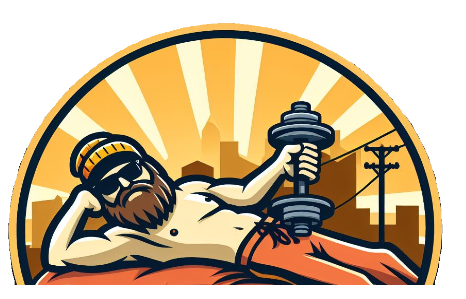

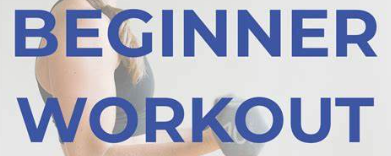
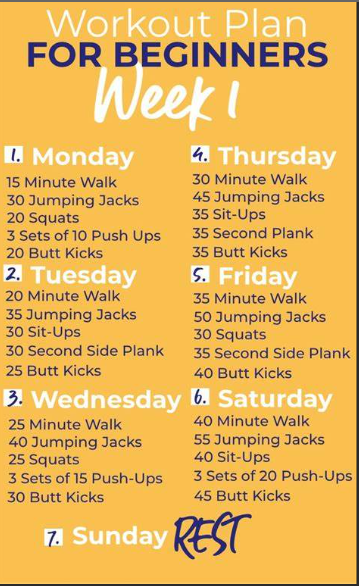 Workout Plan Number2
Workout Plan Number2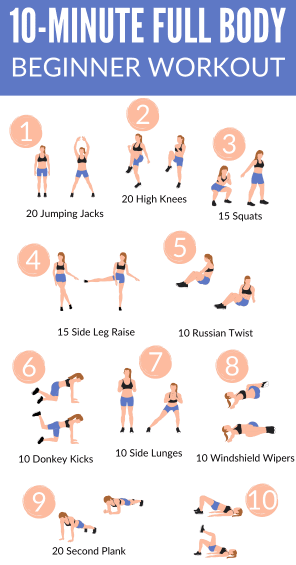 Design Your Own Workout Plan.
Design Your Own Workout Plan.